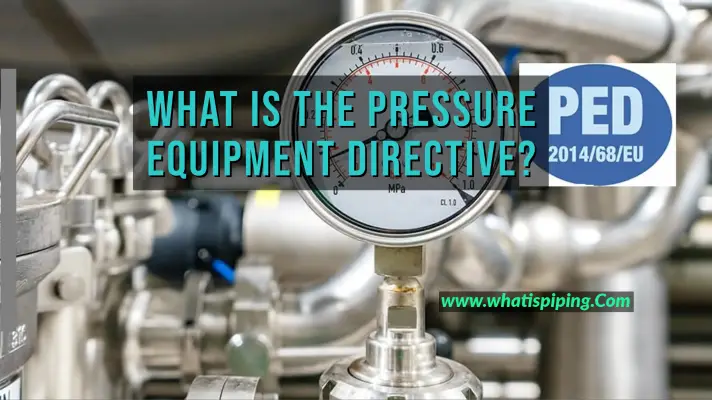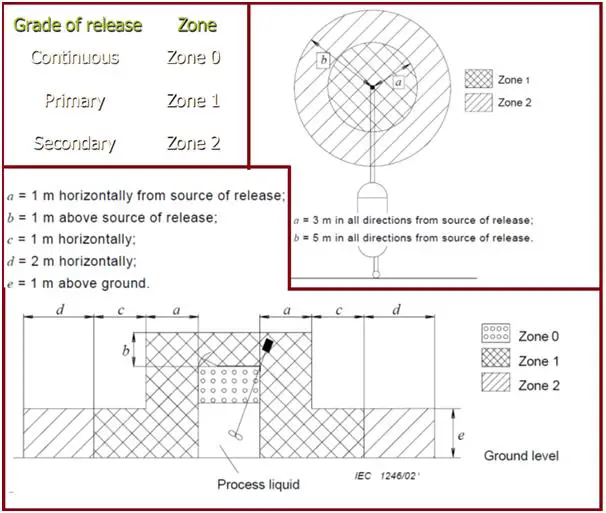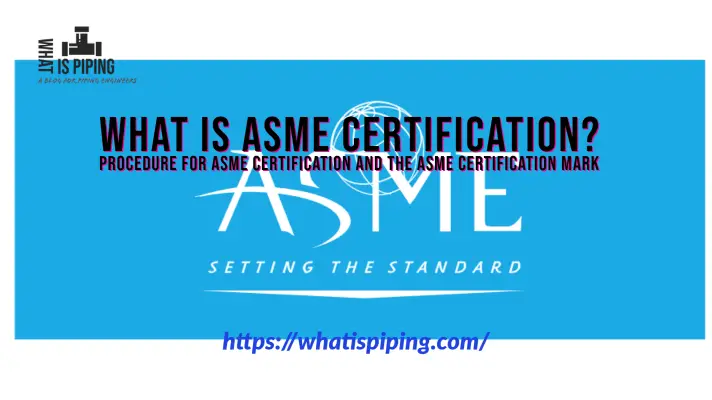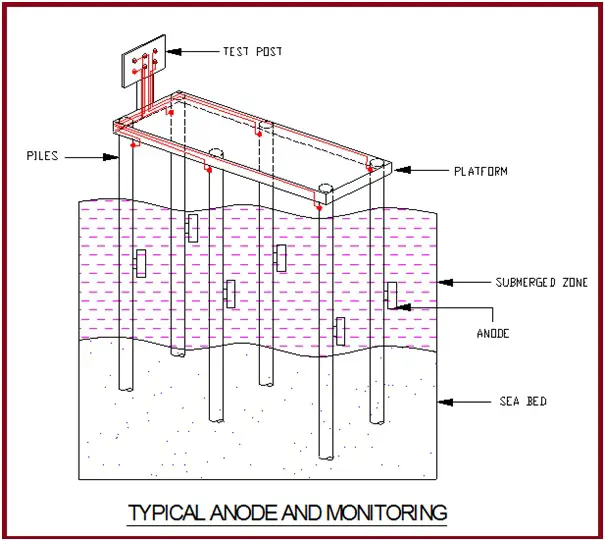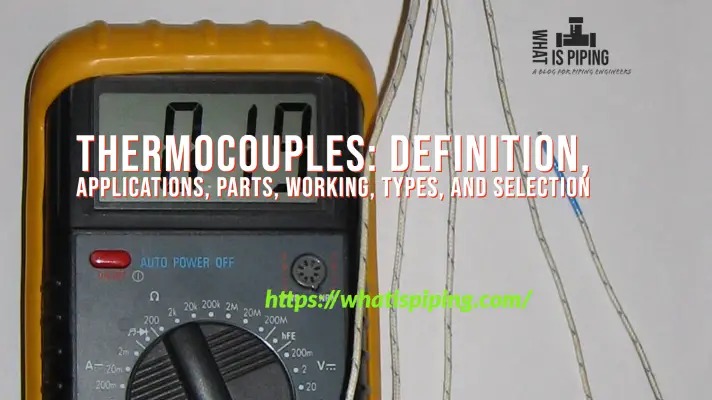CE marking is a certification mark that indicates conformity with health, safety, and environmental protection standards for products sold within the European Economic Area (EEA). The letters “CE” stand for “Conformité Européene” which means “European Conformity.” The CE mark is required for certain products sold within the EEA and is a declaration by the manufacturer that the product meets all the legal requirements for CE marking. The CE mark also allows manufacturers to freely circulate their products within the EEA without undergoing further product modification. In this article, we will learn about the meaning, full form, notification bodies, steps, and applications of CE marking.
Meaning of CE marking
CE marking means that a product has been assessed and meets the requirements of relevant European Union (EU) product safety legislation. It is a symbol that the manufacturer or importer of a product has declared that the product complies with all the legal requirements in the EU for that type of product. When a product bears the CE mark, it means that it has been independently tested and certified as meeting EU safety, health, and environmental standards. CE marking also indicates that the product can be legally placed on the market in any country in the EU and EEA. In summary, CE marking is a certification that a product meets EU standards for safety, health, and environmental protection, and allows the free movement of the product within the EU and EEA market.
Full form of CE marking
The full form of CE marking is “Conformité Européene” which means “European Conformity” in English.
It is a certification mark that indicates that a product has been assessed and meets the requirements of relevant European Union (EU) product safety legislation. The CE mark is a requirement for certain products to be legally placed on the market within the European Economic Area (EEA). When a product bears the CE mark, it means that it has been independently tested and certified as meeting EU safety, health, and environmental standards. It also indicates that the product can be legally placed on the market in any country in the EEA and EU.
Requirements for CE marking
CE marking is required for certain products that are subject to specific EU legislation, such as construction products, medical devices, machinery, electrical equipment, personal protective equipment, and toys, to name a few examples. The CE mark is a requirement for these products to be legally placed on the market in any country within the European Economic Area (EEA). The EU has set up a system of harmonized standards for many products, and manufacturers must comply with these standards and perform the necessary conformity assessments to demonstrate that their products meet the required safety, health, and environmental performance levels. CE marking is not only a legal requirement but also a commercial requirement for many products. In some cases, it is also a requirement for access to certain public procurement tenders.

When is CE marking not required?
CE marking is not required for all products sold within the European Economic Area (EEA). Some products are excluded from the scope of the EU Directives that require CE marking, and therefore, manufacturers do not have to CE mark these products.
Examples of products that are excluded from the requirement for CE marking include:
- Products that are not covered by any EU Directive or Regulation that requires CE marking.
- Products that are considered to be custom-made and not intended for commercial distribution
- Products that are intended for export only and are not placed on the EU market.
- Products that are considered to be serviced and not tangible goods.
- Products that are considered to be part of a larger assembly and only play a subsidiary role.
- Additionally, it’s important to note that some products are exempt from certain aspects of the relevant EU Directives, in this case, the manufacturer may still be required to CE mark the product, but only for the parts of the product that fall within the scope of the Directive.
It’s important to consult the EU Directives and Regulations that apply to the specific product to determine whether CE marking is required or not.
List of Notified bodies for CE marking
Notified bodies are independent organizations that are designated by the European Union (EU) to assess and certify products for CE marking. They are authorized to perform conformity assessments on behalf of the EU and issue the necessary certificates or test reports to enable manufacturers to CE mark their products.
Some examples of notified bodies for CE marking include:
- TÜV SÜD
- Bureau Veritas
- UL (Underwriters Laboratories)
- SGS (Société Générale de Surveillance)
- Intertek
- Lloyd’s Register
- DEKRA
- BSI (British Standards Institution)
- TÜV Rheinland
It’s important to note that not all notified bodies can assess and certify all types of products for CE marking, as the scope of accreditation for each notified body is defined by the EU and varies depending on the product and the EU Directive or Regulation that applies to it.
Manufacturers should always check the list of notified bodies on the EU website, and select a notified body that is accredited for the specific product and directive they need. Also, they should take into account the location of the notified body, as some manufacturers prefer to work with a notified body that is located in the same country or region as their manufacturing facility.
Steps for CE marking
The steps for getting CE marking for a product can vary depending on the specific EU Directive or Regulation that applies to the product, but generally, the process involves the following steps:
- Determine the EU Directives and Regulations that apply to the product: The first step is to determine which EU Directives or Regulations apply to the product, as each Directive or Regulation has its own set of requirements that must be met.
- Identify the appropriate conformity assessment route: Depending on the product and the Directive or Regulation that applies to it, there may be several conformity assessment routes available. The manufacturer must choose the appropriate route based on the product and its intended use.
- Conduct a conformity assessment: Once the appropriate conformity assessment route has been identified, the manufacturer must conduct the necessary assessments to demonstrate that the product meets the relevant safety, health, and environmental performance levels. This may involve testing, inspections, or both.
- Prepare the technical documentation: The manufacturer must prepare a technical file or documentation that contains all the information necessary to demonstrate that the product meets the relevant requirements. This file should include test reports, declarations of conformity, and instructions for use, among other documents.
- Obtain a CE marking certificate: Once the conformity assessment and technical documentation are complete, the manufacturer must obtain a CE marking certificate from a notified body, which is an independent organization designated by the EU to assess and certify products for CE marking.
- Affix the CE marking: Once the manufacturer has obtained the CE marking certificate, they can affix the CE mark to the product and its packaging, as well as include it in the user manual or other documentation.
- Keep records and be ready for market surveillance: The manufacturer must keep records of the conformity assessment and technical documentation for at least 10 years. They should also be ready for market surveillance by the EU, as it is the manufacturer’s legal responsibility to ensure that the product complies with the applicable EU Directives and Regulations.
It’s important to note that the above steps are general and can vary depending on the specific product and the Directive or Regulation that applies to it, so manufacturers should consult the specific EU Directive or Regulation that applies to their product for more detailed information.
CE marking for medical devices
CE marking is required for medical devices that are placed on the market within the European Union (EU) and European Economic Area (EEA). Medical devices are subject to specific EU legislation, the Medical Device Regulation (MDR) and In-Vitro Diagnostics Regulation (IVDR) which requires manufacturers to demonstrate compliance with the essential requirements of safety and performance before placing their devices on the EU market.
The CE marking process for medical devices involves conformity assessment by a notified body, which is an independent organization designated by the EU to assess and certify products for CE marking. The manufacturer must also prepare a technical file or documentation that contains all the information necessary to demonstrate that the device meets the relevant requirements.
The conformity assessment process for medical devices can vary depending on the class of the device, the level of risk it poses, and the intended use of the device. For example, Class I devices have the lowest risk and typically require self-declaration of compliance by the manufacturer, whereas Class III and implantable devices have the highest risk and require the most rigorous conformity assessment and ongoing post-market surveillance by the manufacturer.
It’s important to note that the EU’s Medical Device Regulation (MDR) and In-Vitro Diagnostics Regulation (IVDR) are recently implemented in May 2020 and 2022 respectively and will replace the previous Medical Device Directive (MDD) and In-Vitro Diagnostics Directive (IVDD) respectively, and as such new rules and regulations apply.
Applications of CE marking
CE marking applies to a wide range of products that are placed on the market within the European Union (EU) and European Economic Area (EEA). The main application of CE marking is to indicate that a product has been independently assessed and meets the requirements of relevant EU product safety legislation. Some of the main applications of CE marking include:
- Construction products: CE marking is required for construction products that are subject to the Construction Products Regulation (CPR). This includes products such as concrete, steel, and timber, as well as insulation, roofing, and flooring products.
- Machinery: CE marking is required for machinery that is subject to the Machinery Directive. This includes equipment such as cranes, lifts, and conveyors, as well as power tools and other hand-held machinery.
- Medical Devices: CE marking is required for medical devices that are subject to the Medical Device Regulation (MDR) and In-Vitro Diagnostics Regulation (IVDR). This includes products such as surgical instruments, diagnostic equipment, and implantable devices.
- Electrical Equipment: CE marking is required for electrical equipment that is subject to the Low Voltage Directive (LVD) and the Electromagnetic Compatibility Directive (EMC). This includes products such as lighting, appliances, and IT equipment.
- Personal Protective Equipment: CE marking is required for personal protective equipment (PPE) that is subject to the PPE Regulation. This includes products such as safety helmets, goggles, and respirators.
- Toys: CE marking is required for toys that are subject to the Toy Safety Directive. This includes products such as dolls, action figures, and games.
- Recreational Craft: CE marking is required for recreational crafts that are subject to the Recreational Craft Directive (RCD)
- Gas Appliances: CE marking is required for gas appliances that are subject to the Gas Appliances Directive (GAD)
It’s important to note that this is not an exhaustive list, and there are other products that also require CE markings, such as pressure equipment, explosives for civil use, and many others. It’s always advisable to consult the EU Directives and Regulations that apply to the specific product to determine whether CE marking is required or not.

